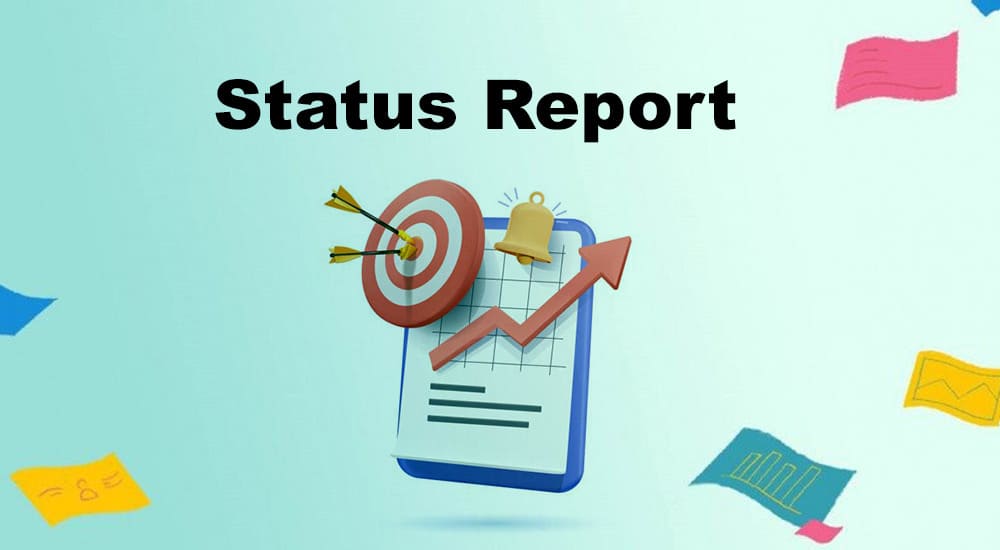Project Status Reporting
Project status reporting holds significance for multiple reasons:
1. Communication:
Project status reporting facilitates effective communication among project stakeholders, including team members, managers, clients, and other relevant parties.
It keeps everyone informed about the project’s progress, key milestones, issues, and risks. Clear and regular communication helps align expectations, promotes transparency, and reduces misunderstandings.
2. Decision-Making:
Project status reports provide essential information for making informed decisions. They enable project managers and stakeholders to assess the project’s health, identify potential roadblocks or delays, and take appropriate actions to keep the project on track.
By having access to up-to-date project status information, decision-makers can allocate resources, adjust timelines, or modify project strategies as needed.
3. Accountability:
Status reporting helps establish accountability within the project team. When team members are required to report on their progress, it promotes a sense of responsibility and ownership for their assigned tasks.
It allows project managers to identify any issues or challenges early on and take corrective actions to ensure project success.
4. Risk Management:
Project status reports highlight potential risks and issues that may impact the project’s success. By regularly monitoring and reporting on these risks, project managers can proactively manage and mitigate them.
This includes identifying risks, analyzing their impact, and developing strategies to minimize or eliminate them. Timely reporting enables stakeholders to address risks promptly, reducing the likelihood of major disruptions or failures.
5. Stakeholder Engagement:
Project status reports facilitate stakeholder engagement by providing a comprehensive view of the project’s progress, achievements, and challenges.
This enables stakeholders to stay involved, provide feedback, and make necessary contributions to the project.
Engaging stakeholders through regular status reporting helps maintain their support and ensures their needs and expectations are addressed.
6. Performance Tracking:
Project status reporting allows for the tracking of project performance against established metrics, objectives, and milestones. It helps measure progress, assess deviations from the plan, and identify areas of improvement.
By monitoring performance, project managers can evaluate the effectiveness of project strategies, adjust resource allocations, and implement corrective measures to keep the project on track towards its goals.
7. Documentation and Historical Reference:
Status reports serve as valuable documentation and historical reference for the project. They provide a record of the project’s evolution, key decisions, and outcomes.
This historical information can be used for future reference, lessons learned, and continuous improvement in similar projects.
For more information visit this site: https://www.incometax.gov.in
Overall, project status reporting plays a crucial role in ensuring effective project management, facilitating communication, supporting decision-making, managing risks, engaging stakeholders, tracking performance, and maintaining project accountability. It is an essential tool for project success and helps keep all relevant parties informed.
For further details access our website: https://vibrantfinserv.com
FAQs

